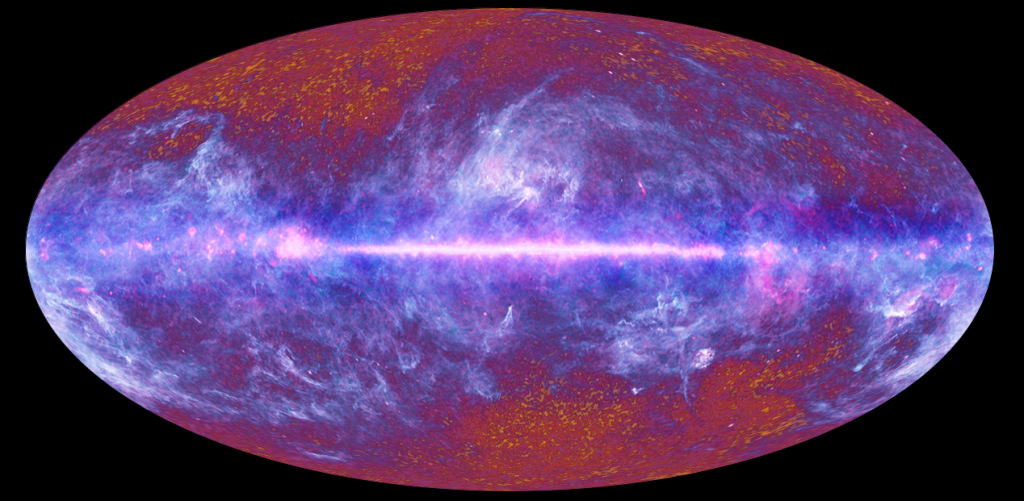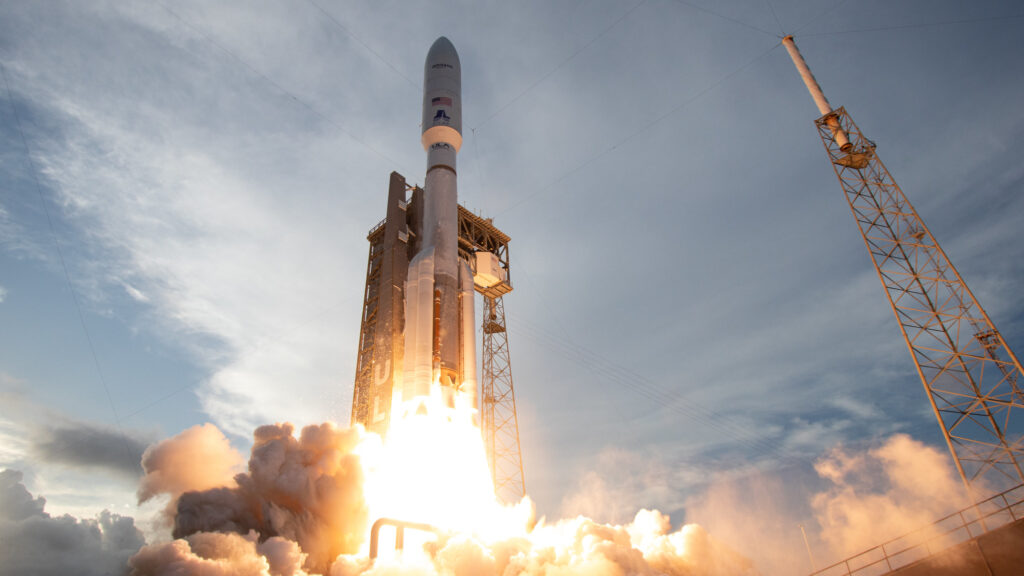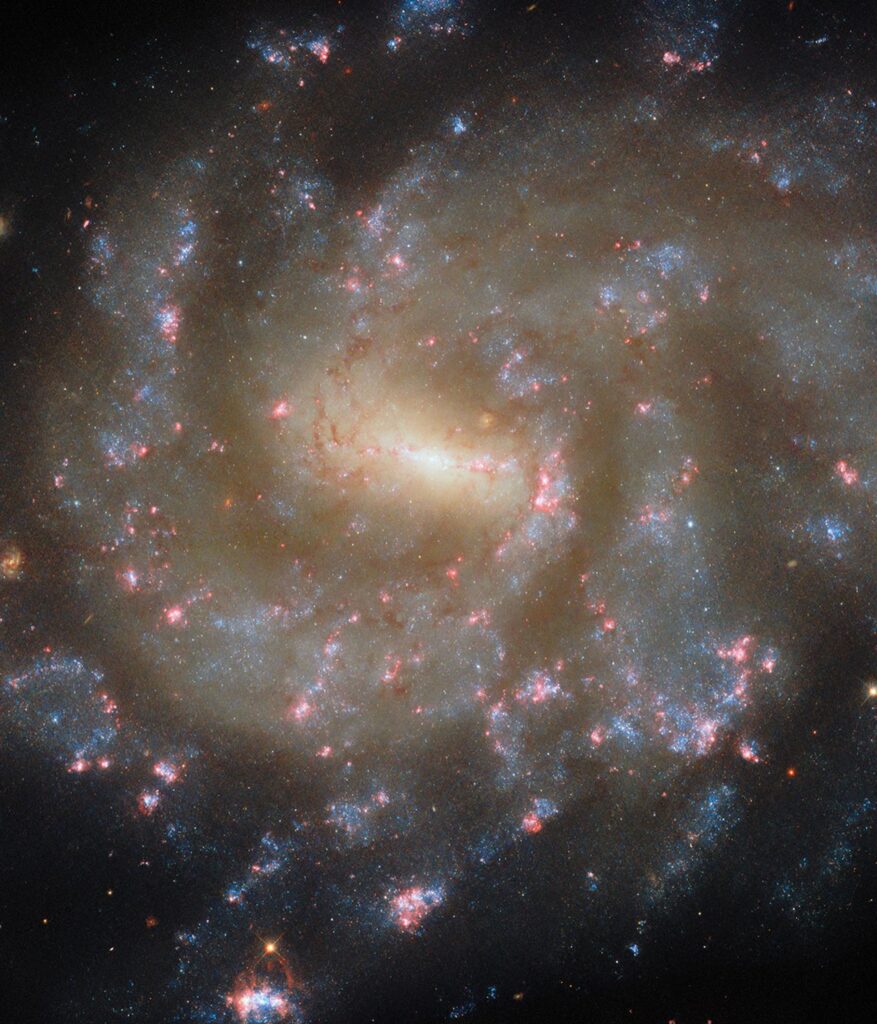“I’ve come a long way from thinking, ‘Well, I did this whole dissertation on geysers, what it would take for them to erupt, for a spacecraft to see them, and that people might not take me seriously as a scientist because of it,’ to being on the Europa Clipper camera team involved in investigating these plumes and ensuring we can image them if they’re there. It’s a full-circle moment.” – Dr. Lynnae Quick, Ocean Worlds Planetary Scientist, NASA’s Goddard Space Flight Center
Related posts
-

Vast cosmic voids are far from empty — they’re hiding something dark
At the very largest scales, galaxies are not scattered around randomly. Instead, they form a pattern... -

Atlas V rocket to launch Amazon’s 2nd batch of Kuiper internet satellites on June 13
Amazon’s second fleet of internet satellites now has a target launch date. The stack of 27... -

Hubble Captures Starry Spectacle
Explore Hubble Hubble Home Overview About Hubble The History of Hubble Hubble Timeline Why Have a...